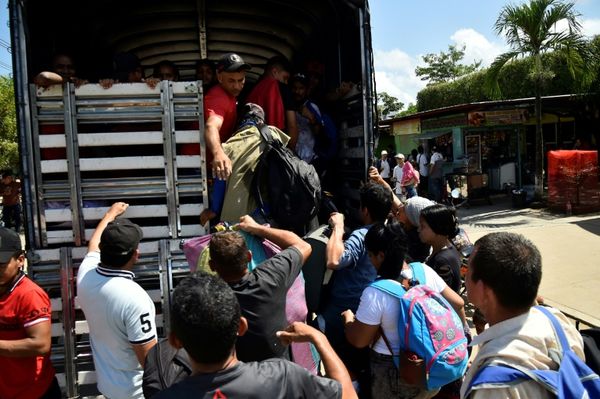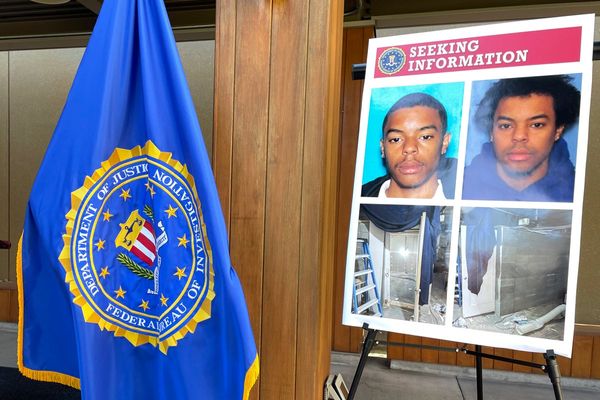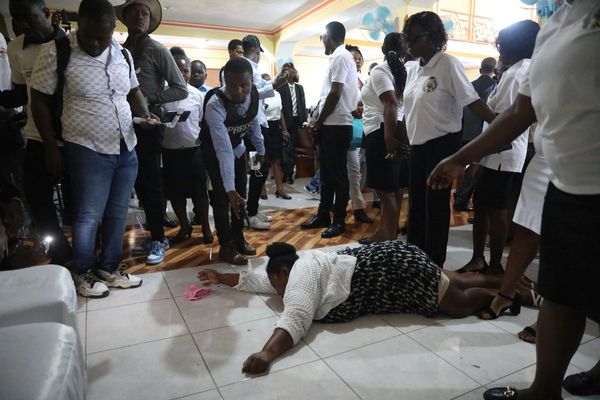The city of Atlanta was temporarily on alert this week when a suspicious package was found near the Capitol building in Georgia’s largest city. The headlines on Thursday May 17th were talking about a “suspicious package.” It turned out to be a weather balloon launched but the National Weather Services in Peachtree City, Georgia earlier that morning. While it may look a bit strange to the average person, they are harmless. Here are five questions answered about weather balloons.

Why are weather balloons used? I find that most people are not exactly sure how weather forecasts are made. The simple answer is that complex mathematical equations are solved to predict how the fluid above us (the atmosphere) changes in time. This is done in numerical weather prediction models. In fact, you may have heard debates about the American vs the European weather models. For more perspective on weather models, here is an overview that I wrote in 2016. Weather balloons are launched from about 900 locations around the world two times daily to collect information on temperature, humidity, and winds at various levels in the atmosphere. Such data is used to help initiate the computer models with current condition of the atmosphere. Derived information from the weather balloons can also be used to diagnose how unstable the atmosphere is and whether there are significant changes in the wind (shear). This information is needed to assess the likelihood of severe weather. Vertical measurements of atmospheric information is called a sounding.

What is the strange looking package attached to the weather balloon? The strange package that was found near Georgia’s Capitol was the radiosonde. The National Weather Service website describes it as,
An instrument…..attached to the balloon to measure pressure, temperature and relative humidity as it ascends up into the atmosphere. These instruments will often endure temperatures as cold as -139°F (-95°C), relative humidities from 0% to 100%, air pressures only a few thousandths of what is found on the Earth’s surface, ice, rain, thunderstorms, and wind speeds of almost 200 mph! A transmitter on the radiosonde sends the data back to tracking equipment on the ground every one to two seconds. By tracking the position of the radiosonde, we can also calculate wind speed and wind direction. The radiosonde is powered by a small battery.

Why did the the balloon and radiosonde fall back to Earth? They are designed to. After they are launched, they can drift up to 120 miles downwind and up to 100,000 ft. (about 20 miles) into the atmosphere. This week over northern Georgia, winds were relatively light in the upper level of the atmosphere so the balloon did not travel very far. It bursts over Atlanta about 30 miles north of Peachtree City. Pop Quiz: Can you determine the wind direction from the previous sentence? I will answer the question at the end.
The weather balloons are made of a synthetic rubber called neoprene or latex. According to the National Weather Service,
The sides are about 0.051 mm thick before release and will be only 0.0025 mm thick at typical bursting altitudes! The balloons, which start out measuring about 6 ft. wide before release, expand as they rise to about 20 ft. in diameter! A parachute, attached to the end of the balloon, allows the radiosonde to fall slowly to the ground at speeds less than 22 mph after the balloon bursts.
Are the balloons and radiosonde reused? Yes, ideally they can be. The radiosonde will typically have a bag and instructions attached if you happen to find one. According to Weather Service, only 1 out of 5 radiosonde released are recovered. However, if you do find one, please return it because they can be reconditioned and used. This saves us all money.
Is there a better way to do this? This is a tricky question. Ideally, we need measurements of the atmosphere more frequently than twice a day and at more locations. The weather, particularly in severe situations, is evolving. In fact, for some particularly bad weather events, the National Weather Service will launch extra weather balloons to acquire more information. This is why a 2017 Capital Weather Gang article in the Washington Post was alarming. It wrote about the understaffed National Weather Service cutting the number of balloon launches. There are satellite systems, Doppler wind profilers, radio acoustic sounders that also provide soundings of the atmosphere. They have some advantages in terms of coverage and timeliness, respectively. However, the vertical resolution of the weather balloon radiosonde is still quite valuable.
By the way, based on the map below, the winds were South (even partially South-Southwest) on the “balloon scare” day. We always describe winds from the direction it is blowing in meteorology.








